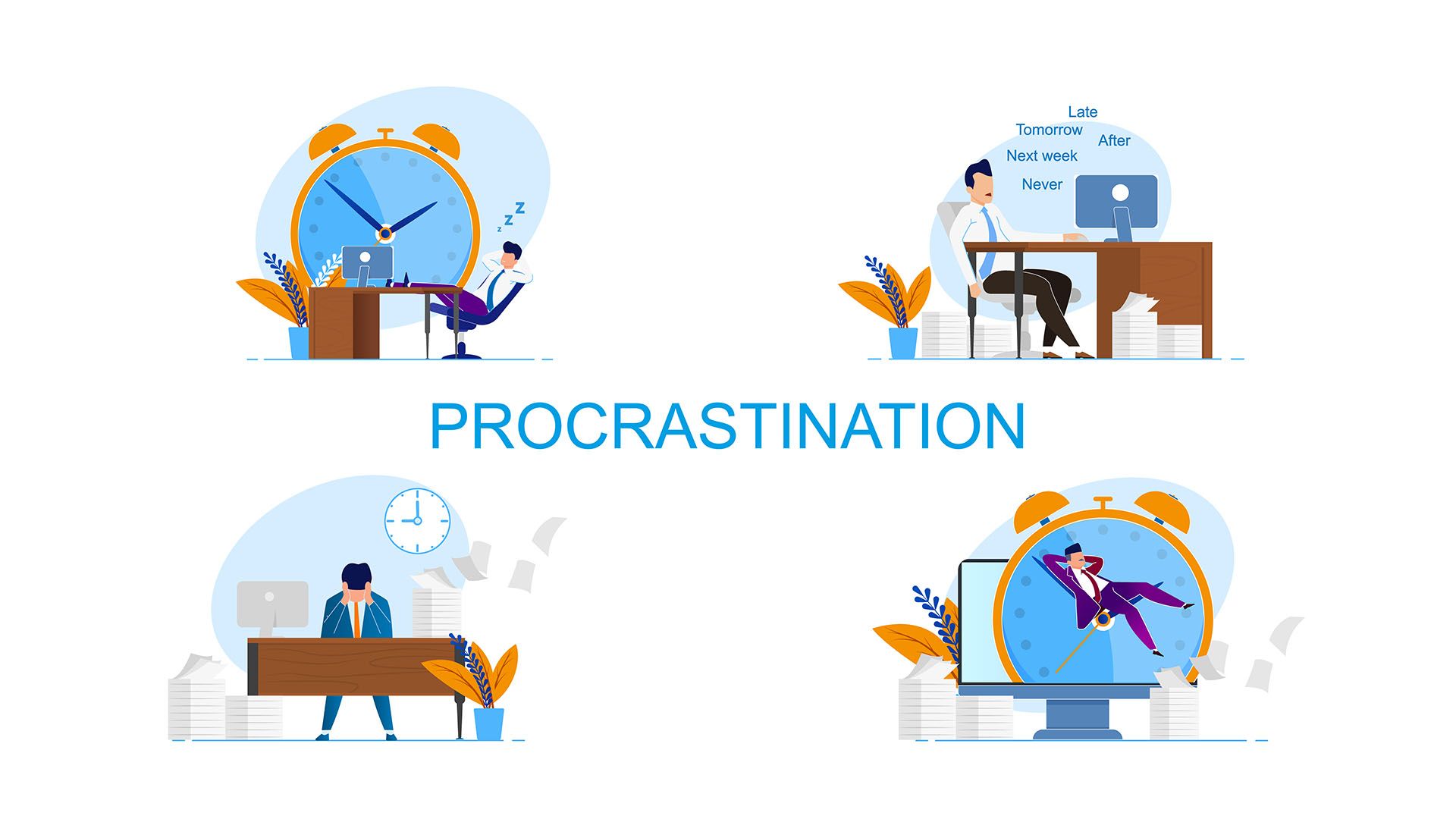Self-care has become an increasingly popular topic in recent years, and for a good reason. It involves intentionally taking care of your physical, emotional, and mental well-being to reduce stress and improve overall quality of life. In this article, we will discuss the importance of self-care and provide tips for putting yourself first to help you live a healthier and more balanced life.
Importance of Self-Care
Self-care is vital for achieving a healthy work-life balance, reducing stress, and promoting overall wellness. The benefits of practicing self-care are numerous and can include:
- Improved mental health: Self-care helps you to manage your emotions and promotes positive thinking, which can lead to better mental health.
- Reduced stress: Taking time to relax and recharge can help to reduce stress levels and increase productivity.
- Increased resilience: Practicing self-care can help you bounce back from stressful situations, build inner strength, and increase resilience.
- Better physical health: Self-care can improve your overall physical health, leading to better sleep, more energy, and a stronger immune system.
Tips for Putting Yourself First
Putting yourself first can be challenging, especially when you are used to putting others’ needs before your own. However, it is important to prioritize self-care to promote overall well-being. Here are some tips to help you put yourself first:
- Make time for yourself: Set aside time each day to do something that you enjoy. This could be reading a book, taking a walk, or practicing yoga.
- Set boundaries: Learn to say no to things that do not serve your best interests, and do not be afraid to set boundaries with others.
- Practice self-compassion: Be kind to yourself, and treat yourself as you would treat a good friend. Avoid self-criticism and negative self-talk.
- Take care of your physical health: Eat a balanced diet, get enough sleep, and exercise regularly to improve your physical health.
- Seek support: If you are struggling, seek support from friends, family, or a mental health professional.
FAQs
- What is self-care? Self-care involves intentionally taking care of your physical, emotional, and mental well-being to reduce stress and improve overall quality of life.
- Why is self-care important? Self-care is important for achieving a healthy work-life balance, reducing stress, and promoting overall wellness.
- What are some examples of self-care? Examples of self-care include taking time to relax, practicing mindfulness, spending time with loved ones, and taking care of your physical health through diet and exercise.
- How do I put myself first? To put yourself first, make time for yourself, set boundaries, practice self-compassion, take care of your physical health, and seek support if needed.
- What are the benefits of self-care? The benefits of practicing self-care include improved mental health, reduced stress, increased resilience, and better physical health.
In conclusion, self-care is an important aspect of building resilience and maintaining overall well-being. By prioritizing self-care and putting yourself first, you can improve your mental and physical health, reduce stress, and increase resilience. Remember to make time for yourself, set boundaries, and seek support when needed to promote a healthier and more balanced life.




:max_bytes(150000):strip_icc()/shabbyloveblog-11c3cb74ad5c49a597f51c94a59c24a3.jpg)





:max_bytes(150000):strip_icc()/dreamy-and-totally-doable-diy-headboards-3017296-Hero-b86e350e93014917bdfabc25a24e6865.jpg)

:max_bytes(150000):strip_icc():format(webp)/citrus_hero1-34ada1a25b254f43864ebc62864195cd.jpg)

:max_bytes(150000):strip_icc():format(webp)/what-is-ginger-1807768-hero-02-c589bfc0fe5044d29cb930e74d1b6db9.jpg)
:max_bytes(150000):strip_icc()/spinach-GettyImages-1135161567-1-2000-af5a3db960f7469faa7d281ae8769156.jpg)




